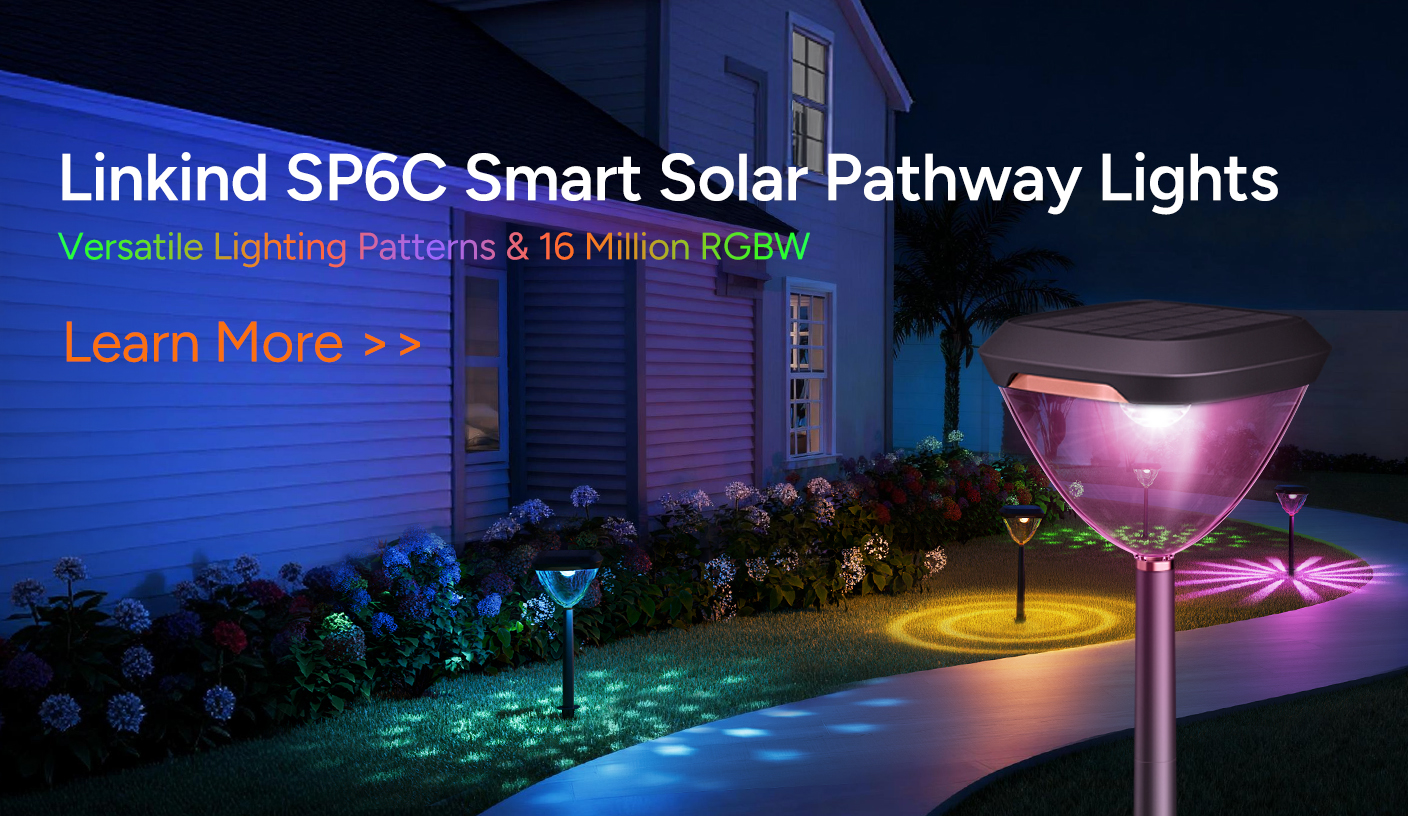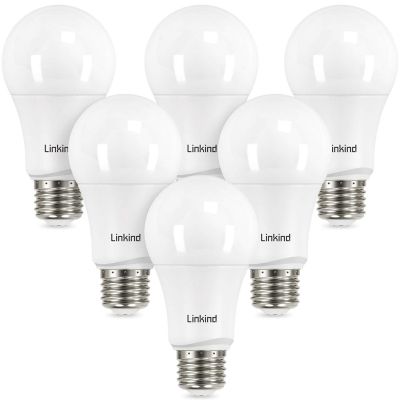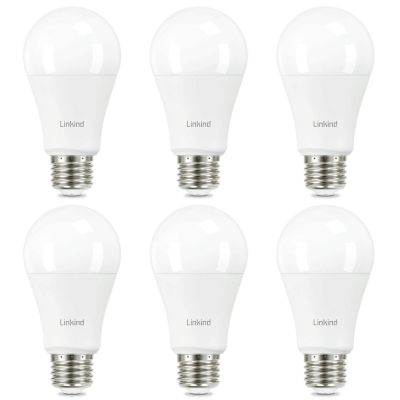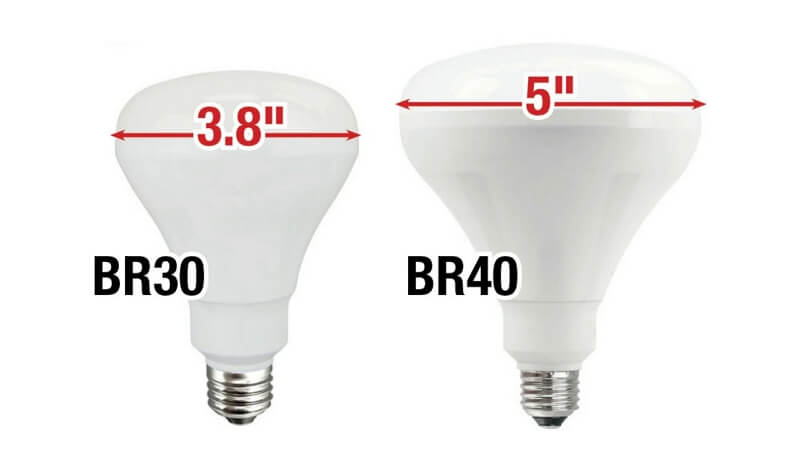When it comes to light bulbs, the terminologies can sometimes be confusing. From E26 to A19, the jargon can seem overwhelming, but it's essential to understand what they mean. It aids in selecting the right bulb for your needs. Let's unravel the mystery.
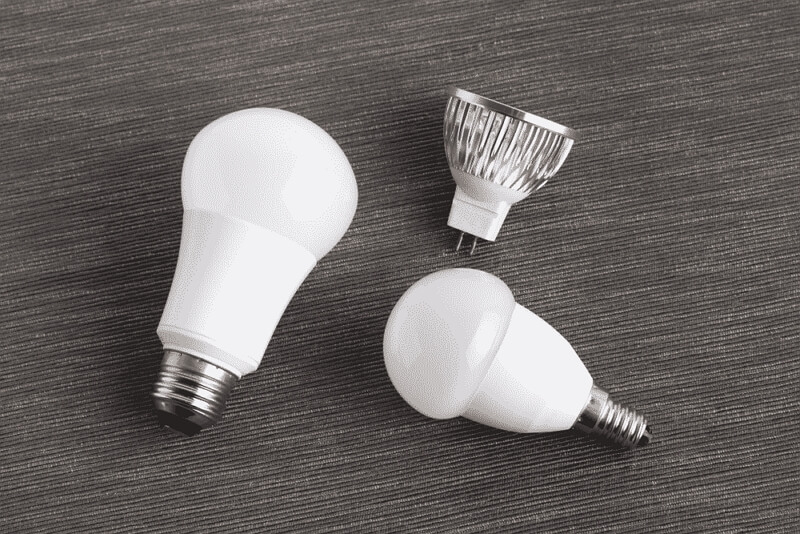

Part 1. What Is an E26 Bulb?
The term E26 refers not to the bulb itself, but rather to the type of base or socket that a light bulb possesses. The 'E' in E26 stands for 'Edison', in honor of Thomas Edison, the renowned inventor known particularly for his development of the incandescent light bulb. The number '26' denotes the base's diameter in millimeters, indicating that the bulb base has a diameter of approximately 26mm, about the size of a US quarter.
The E26 base, also referred to as the standard or medium Edison screw base, is exceptionally common, particularly in North America, and is compatible with various bulb types including traditional incandescent bulbs, as well as more energy-efficient LEDs and CFLs.
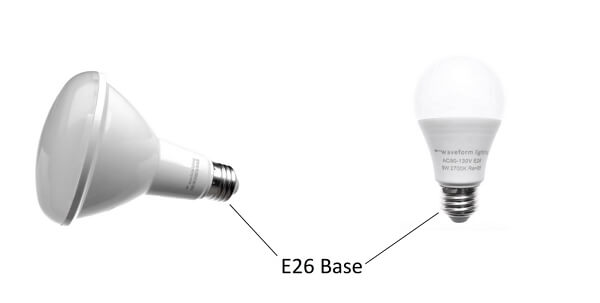

Part 2. What Is an A19 Bulb?
Contrary to the E26, A19 refers to the bulb's shape and size, not its base. The 'A' in A19 stands for 'Arbitrary', referring to the standard light bulb shape that most people are familiar with. The '19' denotes the bulb's maximum diameter in eighths of an inch, translating to 19/8 inches or roughly 2.375 inches (about 60mm). This standard size has led to the widespread use of A19 bulbs in various lighting scenarios. As a rule, all A19 bulbs have an E26 base, making them a common choice for residential lighting in North America.
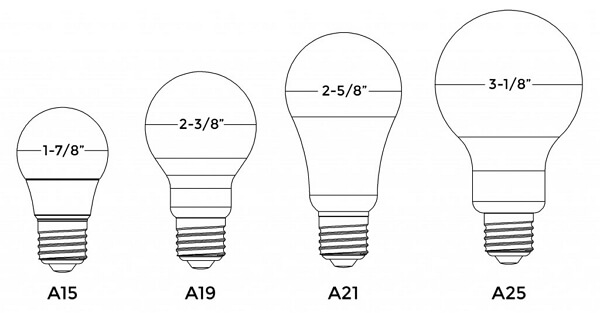

Part 3: Are E26 and A19 the Same Thing?
No, E26 and A19 are not the same thing. Although they might initially appear similar, E26 and A19 actually refer to different aspects of a light bulb. The E26 describes the base or the part that screws into a light fixture, while A19 describes the bulb's shape and size. The two terms are not interchangeable, but they are often seen together because an A19 bulb shape with an E26 base is a common configuration for residential light bulbs in North America.
Understanding these terms can aid in choosing the right bulb for your fixture. For instance, if you have a fixture that accepts E26 bulbs, you could use any shape (like A19, A15, BR30, etc.) that comes with an E26 base. On the other hand, if your fixture is designed for A19 bulbs, you would need to ensure that the base of your chosen A19 bulb matches the fixture’s socket size, which could be E26, E12, or any other size.
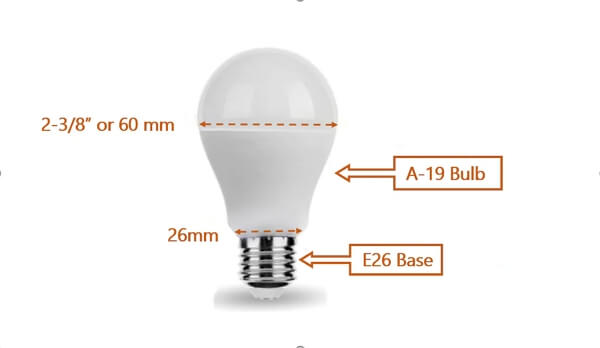

Every A19 bulb needs an E26 base to work properly, like a key that fits into a specific lock. But the E26 base, or the 'lock', isn't just made for the A19 'key'. It can work with many other kinds of bulbs too. So, while an A19 bulb always uses an E26 base, not all bulbs that use an E26 base are A19s. Other types of bulbs can fit into an E26 base as well.
To sum up, while E26 and A19 are distinct terms referring to different parts of the bulb, they are often related when it comes to choosing a bulb. You can think of them as two pieces of a puzzle: the E26 represents the piece that connects to the light fixture (the base), while the A19 represents the visible part of the bulb that emits light (the bulb's shape and size).
Part 4: What Are the Advantages of E26?
The E26 base comes with a host of advantages, making it a popular choice. These benefits include:
- Broad Compatibility: E26 is a standard size, especially in North America. This means it fits most light fixtures, simplifying the process of finding the right bulb for your fixture.
- Variety of Bulb Types: E26 bases accommodate a wide range of light bulbs, from LEDs to incandescent bulbs and CFLs, catering to your specific lighting needs.
- Secure Connection: E26's screw-in design ensures a secure connection, reducing the risk of the bulb accidentally falling out.
- Ease of Replacement: As a standard size, E26 bulbs are readily available, saving you the hassle of hunting for a specific or rare bulb type.
- Versatility in Lighting Applications: Beyond residential lighting, E26 bulbs are also used in commercial and industrial settings.
- Support for Dimming Features: Many E26 bulbs, particularly LEDs and incandescent ones, support dimming features, allowing for adjustable light levels to create the perfect ambiance for any situation.
Part 5: Check This Recommended A19 Bulb
If you are in the market for an A19 bulb that will suit your needs perfectly, then the AiDot Mujoy A19 Smart Light Bulb incorporates the best modern lighting technology. Combining superior energy efficiency, wide compatibility, and smart controls, this bulb redefines home lighting, offering a perfect blend of convenience, sustainability, and high-end technology. Transform your living space into a smart home with these innovative light bulbs. Here are some of their standout features:
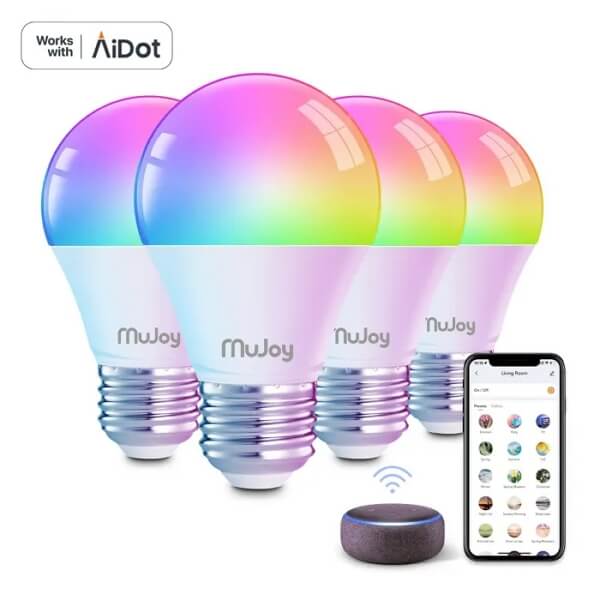

- Dimmable: Easily adjust the brightness level to create the perfect ambiance for various activities
- WiFi Connectivity: Connect to your home's WiFi network and support remote control via smart devices
- Versatility: Provide dynamic lighting options for bedrooms, living rooms, kitchens, and more.
- Voice Assistant Compatibility: Seamlessly integrate with Amazon Alexa and Google Home
- Music Sync: Dance to the beat of your music and create an immersive visual experience
[Bonus Now]: Here is an exclusive coupon code only found in blog posts. Save it now (AiDotBG01) and get 10% off at AiDot mall!
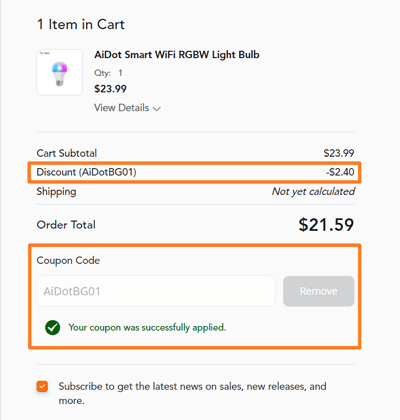

FAQs About E26 vs A19
1. Is E26 a standard bulb?
Yes, E26 is a standard base size, particularly in North America. It describes the base's diameter — 26mm. E26 bases are compatible with various types of bulbs, including LED, incandescent, and CFL. They are used in many different types of light fixtures, from table lamps to overhead lights.
2. Is an A19 bulb a regular bulb?
Indeed, the A19 bulb is often considered a 'regular' or 'standard' bulb. The 'A' refers to the classic bulb shape, while '19' refers to the bulb's diameter (approximately 2.375 inches). A19 bulbs can have different types of bases, with E26 being one of the most common.
3. What are A19 bulbs used for?
A19 bulbs are versatile, and ideal for various applications. They're commonly used in residential lighting fixtures like table lamps, ceiling fixtures, and wall sconces. They provide excellent general-purpose lighting and are available in both dimmable and non-dimmable versions, as well as different light color temperatures.
Conclusion
In conclusion, the world of light bulbs, with its various terminologies like E26 and A19, offers a fascinating exploration into the intricacies of our everyday lighting. As we delve into these aspects, it becomes apparent that our choices in lighting are not just about illumination but also about the kind of environment we wish to create and how we interact with our spaces.












